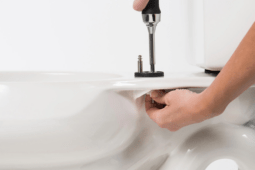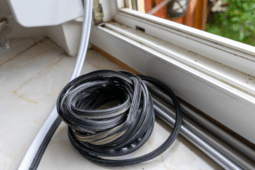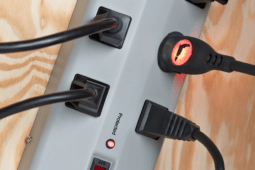The Reason Behind Why Measuring Tape Ends Wiggle
Measuring tapes are a staple tool in nearly every toolbox, from professional contractors to weekend DIY enthusiasts. At first glance, they seem straightforward: a retractable metal strip marked with increments. However, if you’ve ever closely examined one, you might have noticed the loose end hook that wiggles slightly. This seemingly insignificant feature is not a defect but a deliberate design choice that plays a crucial role in ensuring precise measurements. Let’s explore the fascinating reason behind this unique feature.
How the Wiggle Enhances Measurement Accuracy
The wiggle in the end of a measuring tape is designed to account for the thickness of the hook itself. When measuring an object by pushing the hook against it, the hook compresses inward. Conversely, when pulling the tape to measure from an edge, the hook pulls outward. This slight movement—equal to the hook’s thickness—ensures that the measurement accounts for the tool’s presence, maintaining precision regardless of the method.
This feature is especially important in professional construction, carpentry, and DIY projects where precise measurements can make or break a project’s success. The loose hook ensures you can seamlessly measure both internal and external dimensions with accuracy.
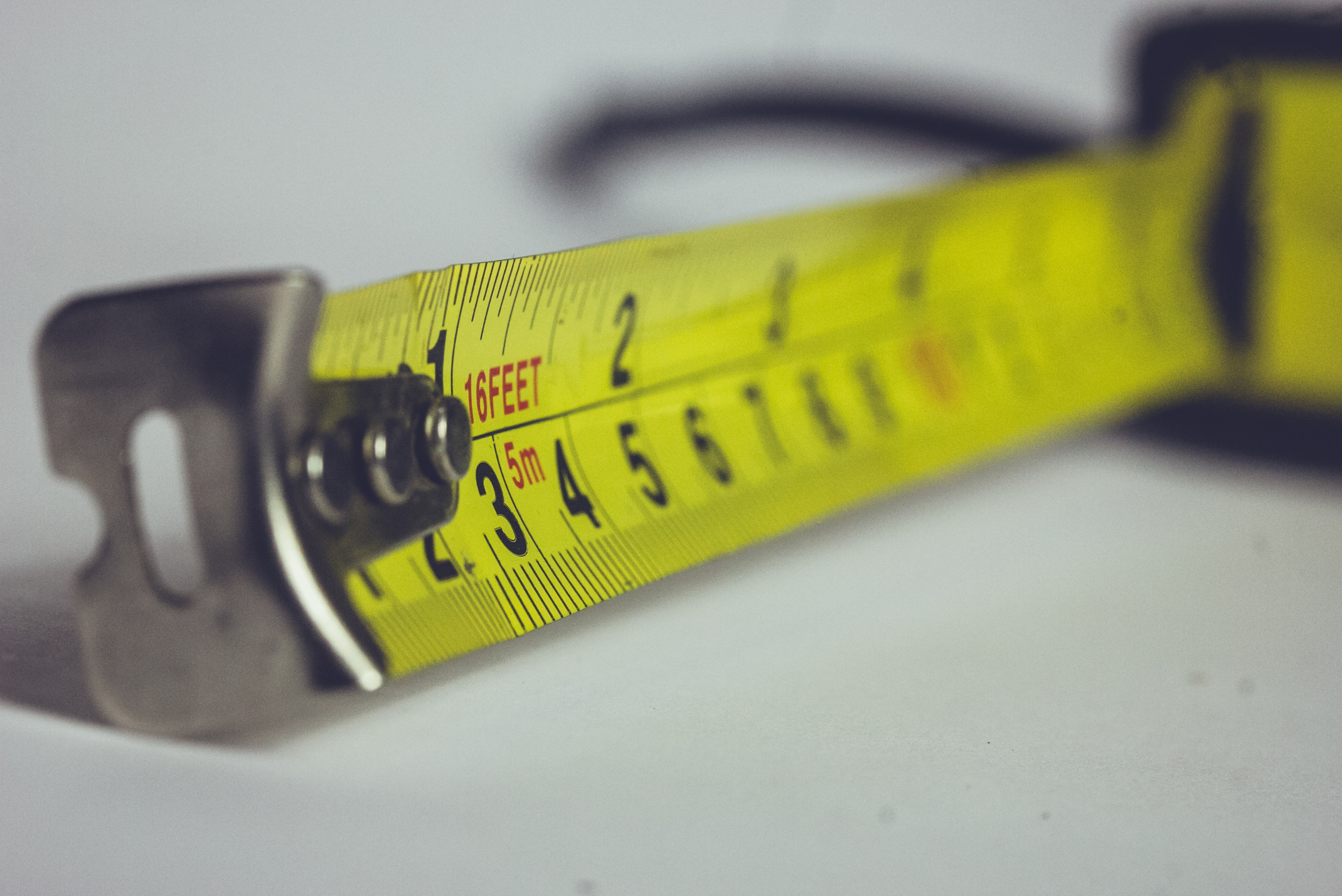
The Science Behind the Sliding Mechanism
The sliding mechanism in a measuring tape’s hook is not arbitrary; it’s a carefully engineered feature. The hook is often attached with small rivets that allow a limited range of motion. This motion compensates for the thickness of the metal, ensuring the measurements stay true to the object’s actual dimensions.
The sliding hook design reflects the practical application of physics in toolmaking. By allowing for movement, the measuring tape eliminates discrepancies that could arise from the hook’s physical presence, particularly when switching between inside and outside measurements.
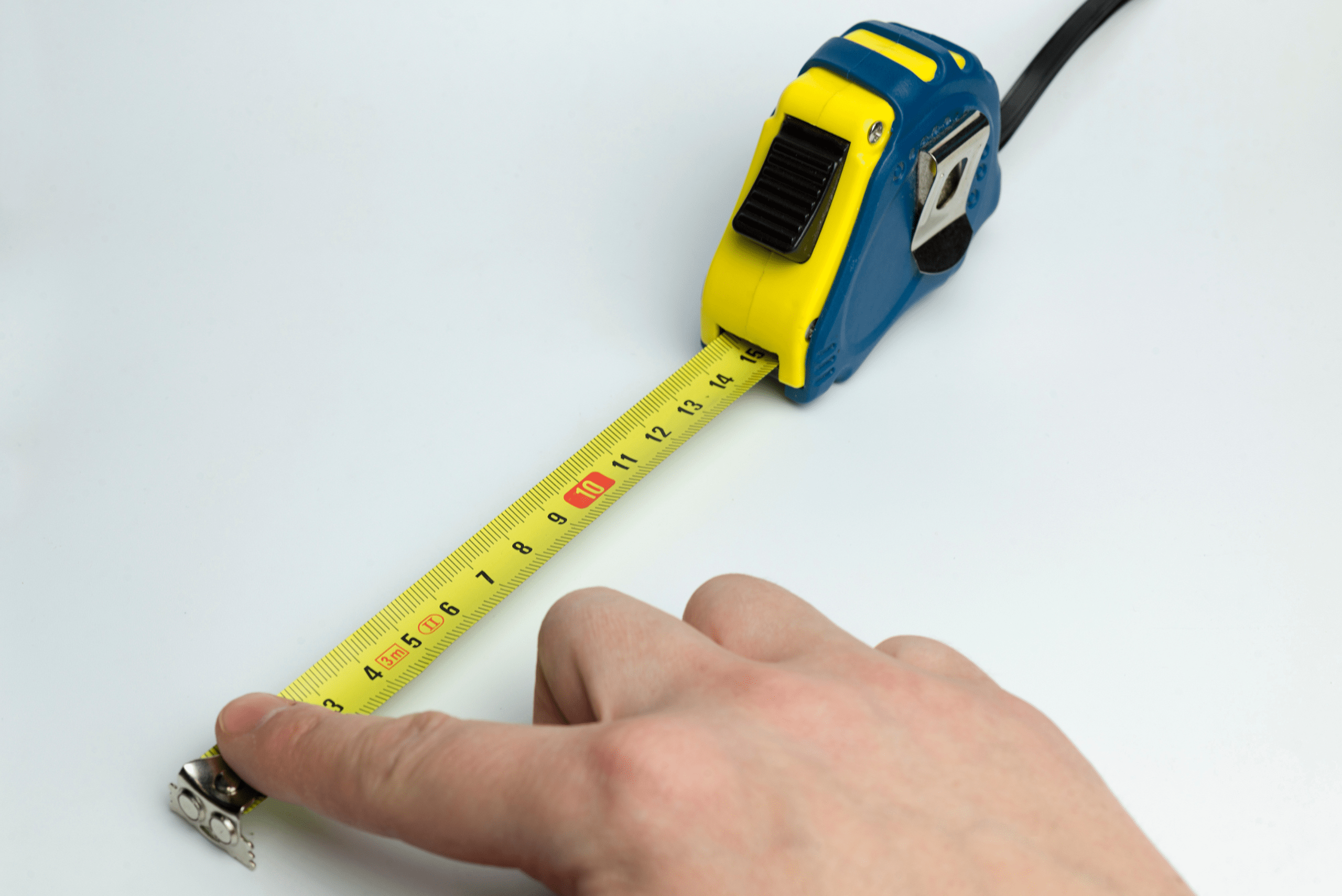
Common Misconceptions About Loose Ends
Many people mistake the wiggling end of a measuring tape as a sign of wear or poor craftsmanship. This misunderstanding often leads to unnecessary repairs or replacements of perfectly functional tools. In reality, the loose end is an intentional design that highlights the thoughtfulness behind its engineering.
Understanding this feature can enhance your appreciation for the tools you use. It also emphasizes the importance of knowing your tools’ mechanics to make the most of them during projects, avoiding potential frustration from misinterpreting their design.
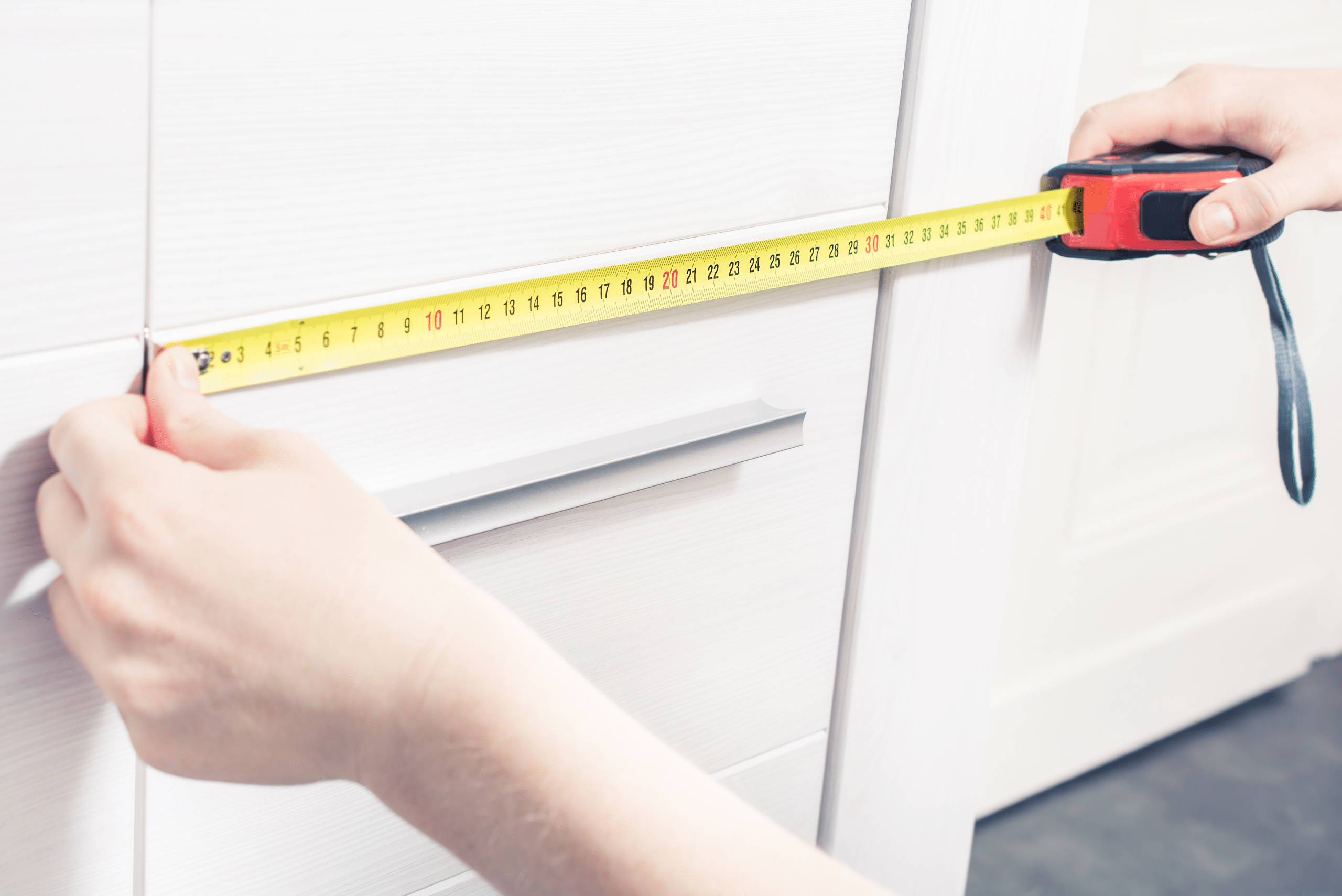
Practical Tips for Using a Measuring Tape
To get the most accurate results from your measuring tape, it’s essential to use it correctly. When measuring inside dimensions, ensure the hook presses firmly against the object. For outside dimensions, pull the tape taut and ensure the hook pulls outward.
It’s also important to regularly check the condition of your measuring tape. Over time, debris or damage to the hook can compromise its sliding mechanism, leading to less accurate readings. Regular cleaning and inspection can prolong the life of your tool and maintain its precision.
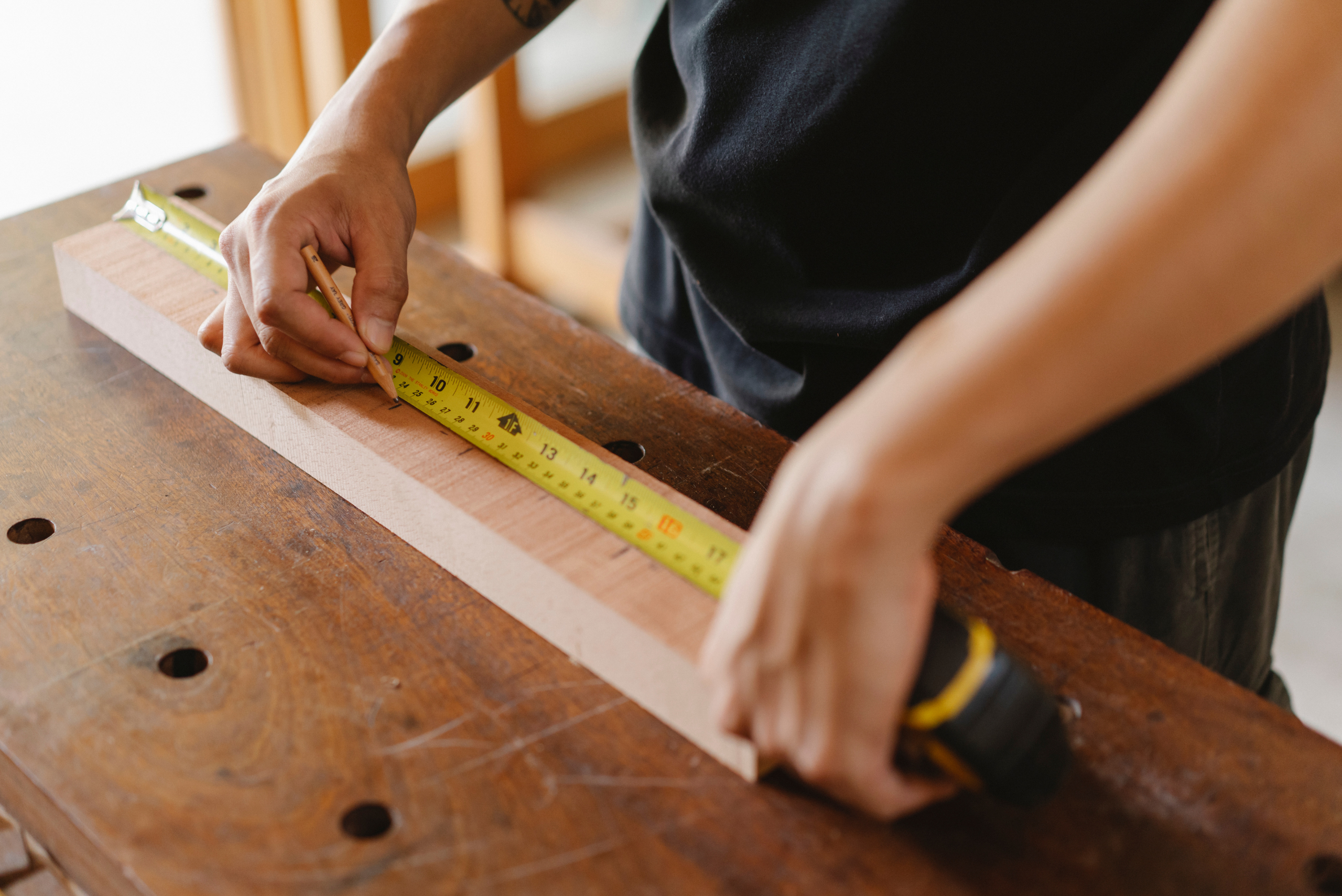
Why This Feature Matters for Every Project
Whether you’re building furniture, installing cabinetry, or just hanging a picture frame, accurate measurements are essential. The wiggling end of a measuring tape ensures that you’re working with exact dimensions, reducing errors and saving time in corrections.
This small but significant feature showcases the innovation behind everyday tools. It’s a reminder that even the simplest designs often involve complex engineering to solve real-world problems efficiently.
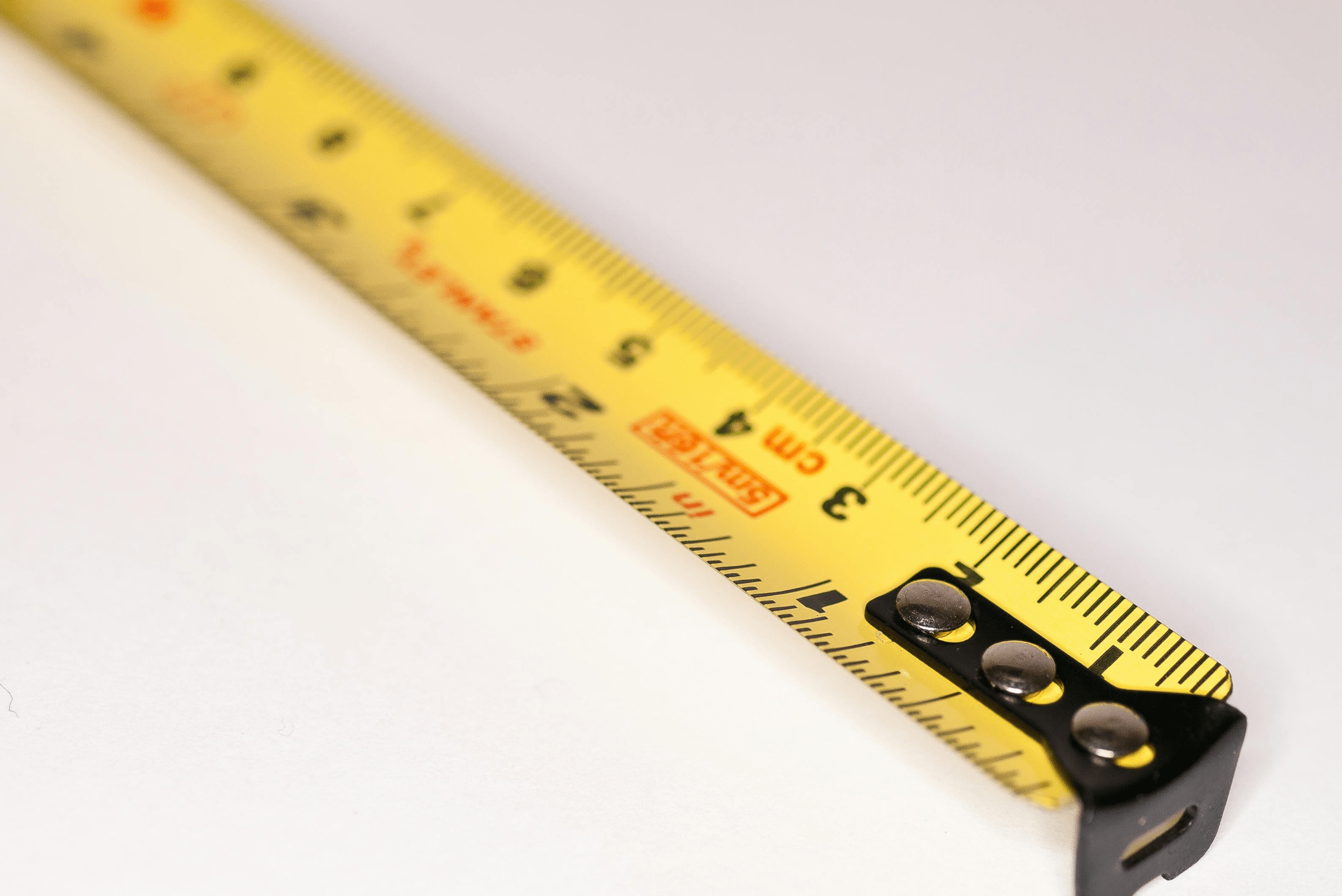
Related Articles
- The 1-Second Trick to More Accurate Measuring and Marking for Your Woodworking Projects
- Your Guide for Deciphering Measuring Tape Marks
- How to Read A Tape Measure
The next time you pick up a measuring tape and notice its wiggling end, remember that it’s more than just a quirky feature. This ingenious design ensures accuracy and reflects the careful thought that goes into creating reliable tools. Appreciating these details not only enhances your understanding of your tools but also elevates the quality of your projects.


